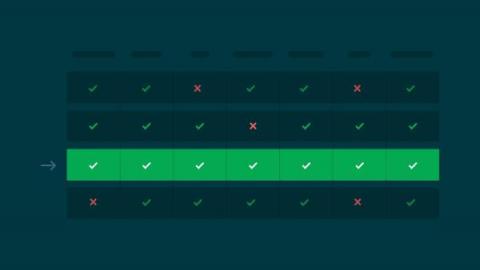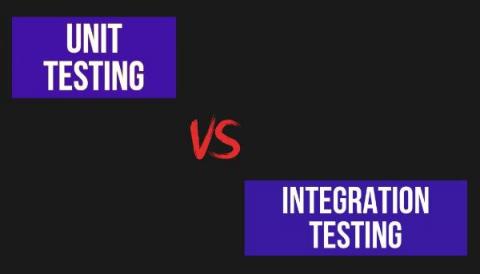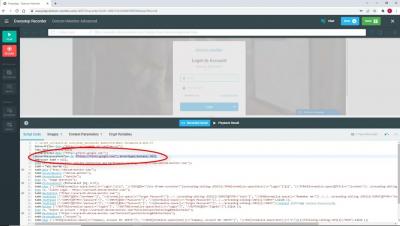Postman Load Test Tutorial
In this load test tutorial, you’ll learn how to use Postman for small-scale API testing. You’ll also learn about some shortcomings and challenges of the framework that can be solved by using a tool like Speedscale. Because HTTP services don’t have a graphical user interface, you’re forced to test web APIs by simulating requests from a known client so that you can control the traffic data.











